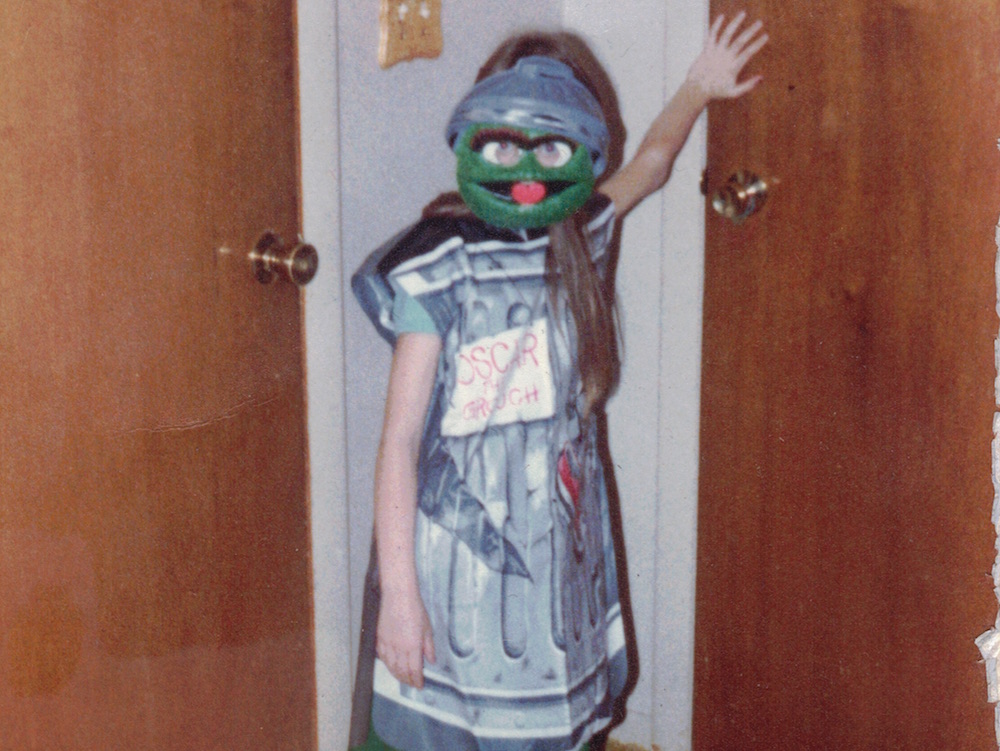We’re away until January 6, but we’re reposting some of our favorite pieces from 2019. Enjoy your holiday!
Every year it floods on three sides of our town. I do not know how any town could have floods on three sides, but there it is. My mom says it is because the very rich people who live on the lake to the south of us keep the water levels too high so they can run their speedboats year-round, and then every spring, the rains come and we flood, and no one cares because we are all poor. It floods to the south along the river with the park with all the pavilions and the baseball diamonds and the tennis courts and the Frisbee golf course, and the small municipal (in-ground!) pool. And it floods on the southeast, behind the high school, and the motels near the highway. The Townsman Inn and Restaurant and Lounge has been renovated twenty times in half as many years, due to floods, most recently to feature taxidermy animals, on a shelf above all the booths, that stare at you in a menacing way over your coffee. And the one little tiny movie theater in town just seems to have water standing in the first three rows forever and always, and yet it remains open and we go see movies there, we just don’t sit in the first three rows. It floods to the northeast of town, too, all the way up practically to my Uncle Fuzz’s place, where he sleeps in the daytime while my aunt Margie sups on Sweet’N Low. There is the rust-red creek creeping up the concrete steps of my Uncle Fuzz’s house, while he is sleeping by day, because he is on graveyard shift his whole adult life at the tire factory, until he retires early with asbestos poisoning (from the tire factory).
from The Paris Review https://ift.tt/2Q0ndDi

Comments
Post a Comment